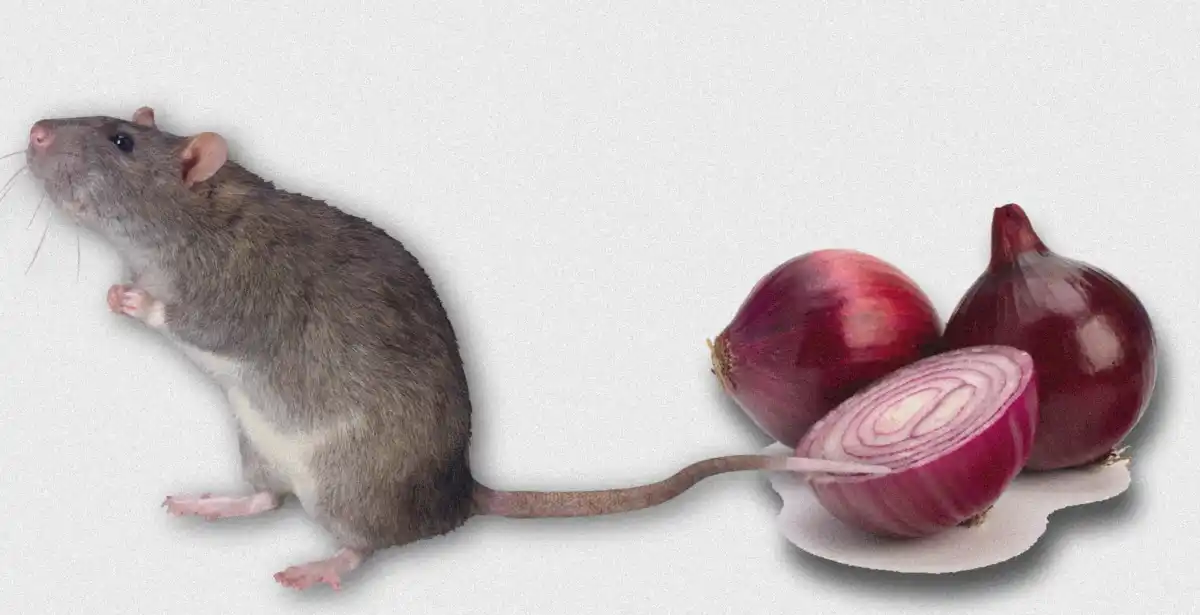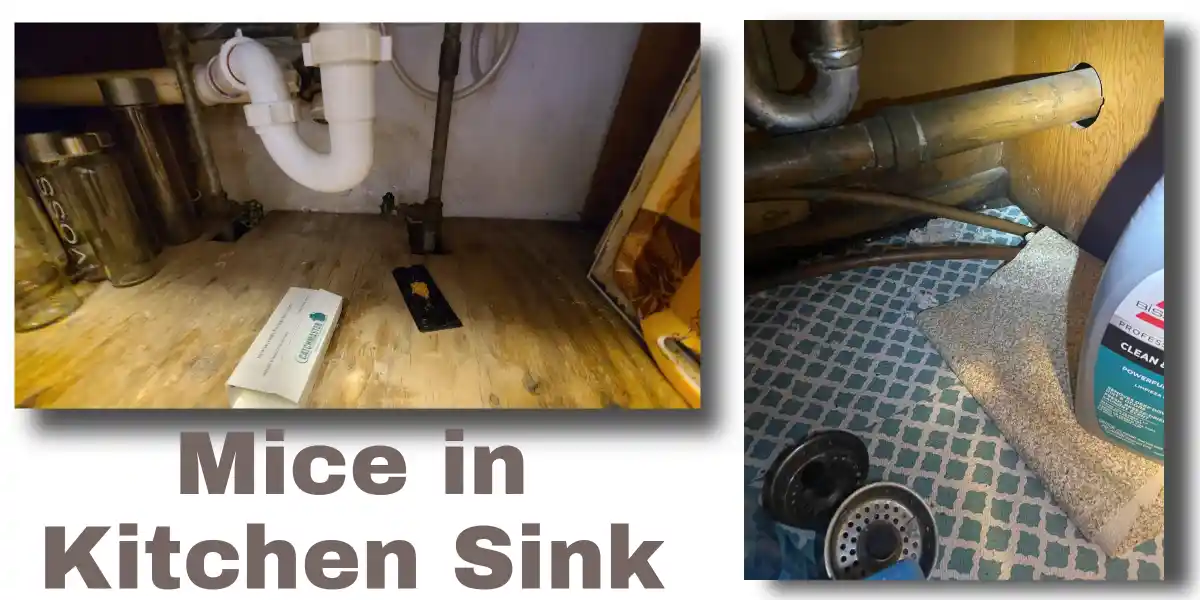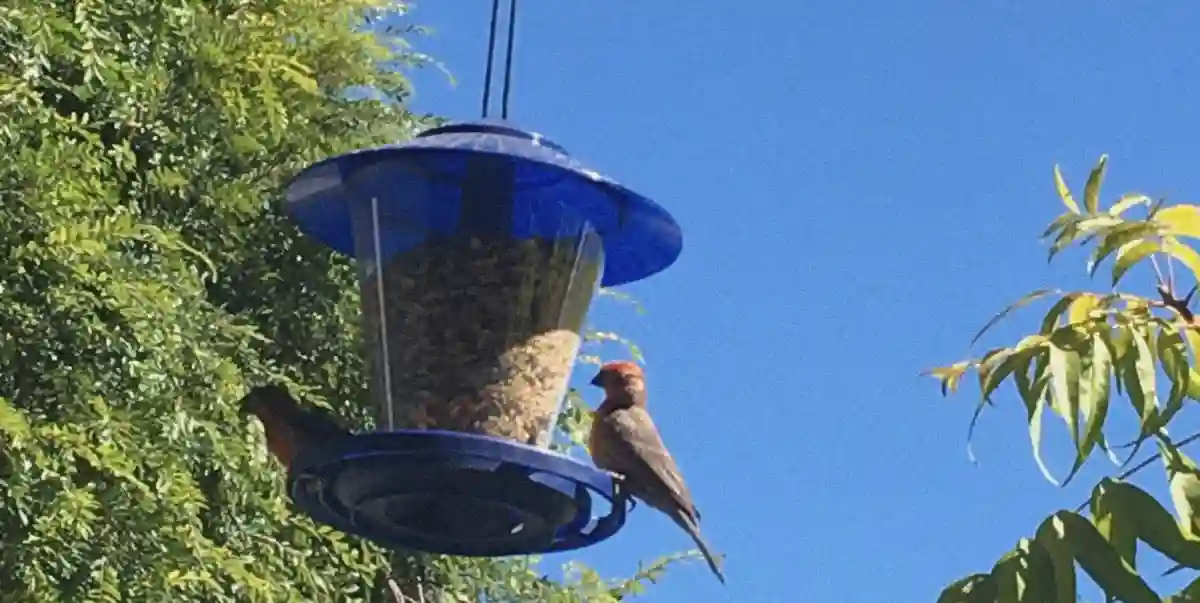You want to be careful when putting out rat traps. And if you are not sure how to set rat trap or do not feel comfortable, you should have a pest control expert for help. But before then, this guide has been developed by an expert to help you set a rat trap properly, and without getting hurt.
How to Set Rat Trap

For this guide, you will need:
- Both hands free
- A rat trap trap
- A metal pen
1. Before you place a rat trap or mouse trap, make sure you hold it the right way. Hold it by the part where you set it off and keep your fingers away from the part that catches the rat.

2. Put some bait on the trap. This will make rats come to it.

3. While you’re holding the rat trap the right way, grab the spring and pull it back.

4. Use your thumb to keep the spring down.

5. Carefully slide the trigger rod into the trigger. Keep it a little tight.

6. Take your thumb off the spring slowly. If you notice the trigger rod isn’t locked in the trigger, try putting it back in place.

7. Put the trap on the floor with care. Use your pen to gently and slowly push it against the wall. Make sure the side that catches is facing the wall.

If you want to reset or take away your rat trap, just use a pen. Use the pen to gently press down on the trigger while keeping your fingers safe. This will set off the trap, allowing you to take it off or start again. Just be ready for it to make a loud snap sound and maybe jump off the ground.
Tips to Set Rat Trap
Setting the rat trap is not enough; you need to be strategic to catch a rat. These critters are smarter than you think, and easily smarter than people – HBR.org. But you can outsmart a smart rat with these tips:
1. Determine the Rat Species Infesting Your Home
Did you know there are over 30 different kinds of rats? They come in various sizes and weights, with different nose shapes, which means you might need different traps. For instance, snap traps are made for tiny rats, so they won’t help if you’re dealing with bigger rodents like roof rats or Norway rats. Meanwhile, glue traps are cruel to rats, and they can easily escape them.
2. Position Rat Trap Along Walls
Rats usually follow walls and fences because it feels safer for them. So, if you want to catch them, put traps near walls where it’s darker. Rats travel along certain paths, so hiding traps along those paths helps catch them better.
You can also put traps in closets or under furniture next to walls. Another smart idea is to make a box with holes and a trap inside, then place it where rats might go. The box makes them curious, and when they go in, they can’t get out.
Rats have two smart reasons for staying close to walls: First, they use their whiskers to feel things in the dark. When they touch a wall with their whiskers, they know if they’re going the right way. Secondly, sticking to a wall keeps them safe because they only need to be careful about the open side. So, to catch rats best, put a trap against a wall at a 90-degree angle, with the part that snaps closest to the wall.
If you need to put a trap beside a wall, place it right next to another trap facing the opposite way. This way, you can catch rats coming from both sides. Otherwise, if you’re not doing that, keep the traps at least 15 feet apart from each other.
3. Teach them to Feel Safe with Traps
Even though rats have small heads, they are not as clueless as people think. Rats are careful around new things in their surroundings. This includes traps. If you suddenly put a trap out where they can see it, they might not fall for it.
When you have lots of rats around, a good way to get rid of them is by making them used to the traps first.
Here’s how: put a trap in a place where rats go, but do not set it to catch them. Let rats check it out and eat from it for a day or two. Once they see it as something normal, put bait in the trap and set it up to catch the next rat that comes by.
4. Bait Without Poison
If a trap has not caught anything, it does not mean no rat visited it. The rat might have taken the food without getting caught. If the trap did not work the first time, you can try again. There is no need to use slow-acting chemicals because traps are meant to work instantly.
Putting poison in bait can create issues. For instance, if a rat takes the bait and moves around, the poison could spread on the floor. This can be dangerous, especially if you have kids or pets at home. So, it’s best not to mix poison with bait. Besides, there are alternative ways to expel rats without poison.
Also, using poisoned bait makes it more likely for a rat to die slowly in a different area of your home. This can make it hard to find the smelly, decaying body.
Increase your chances of catching a rat in the trap using a small amount of bait. Put it in the middle of the trap. If you hang a piece of shrimp, for example, a rat might just grab the end, trigger the trap harmlessly, and then enjoy the treat somewhere else.
Not all rats like cheese and different types of rats have different favorite foods. You might need to test different foods to see what works. No matter what you choose, make sure the bait lasts. Chocolate, peanut butter, candy, and meat usually work really well. Here is a general list of food that attracts rats.
5. Use a Bigger Trap
The house mouse is about 2.5 to 4 inches long, and its tail is also the same length. On the other hand, the brown rat, also known as the Norway Rat, is bigger, measuring around 7 to 10 inches long, with a tail that’s 6 to 8 inches long.
Due to these size differences, rat traps need to be larger than mouse traps. The problem is, many homeowners can’t easily tell rats and mice apart, let alone figure out if they have an infestation of one or the other.
You need to know if you are dealing with rats or mice to determine the trap type or size. You can start by looking at their paw prints. Brown rat paw prints are about 20mm wide, while mice paw prints are usually under 10mm wide. Also, rat droppings are similar in size to pumpkin seeds, while mice droppings are more like sunflower kernels. Mice usually make nests inside homes all the time, while rats are active both indoors and outdoors.
Ultimately, no matter how you catch rats, it will take some time to get rid of them completely. Stay patient. Rats are smart and cautious, so trapping them needs time. Keep adding bait and resetting traps as required, especially when trapping near rat holes in your yard.





